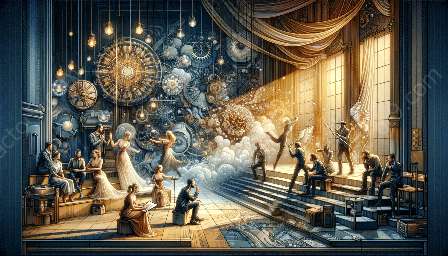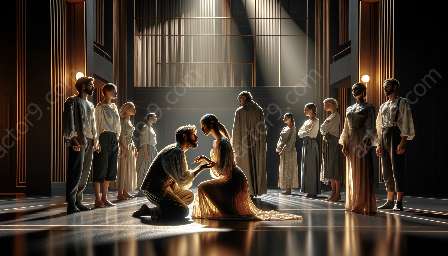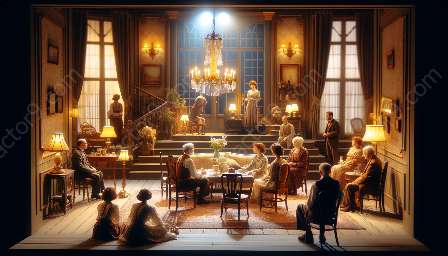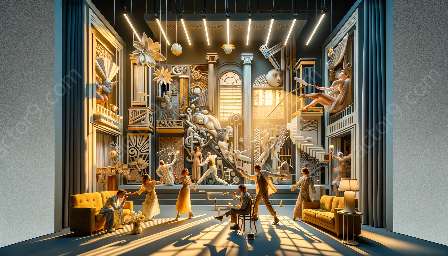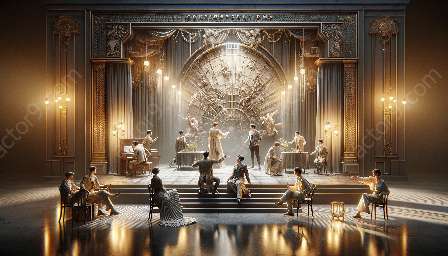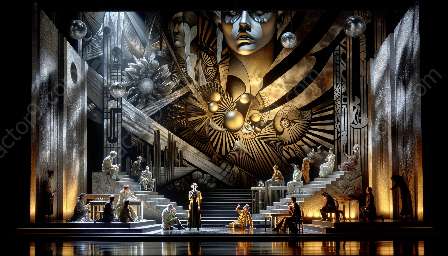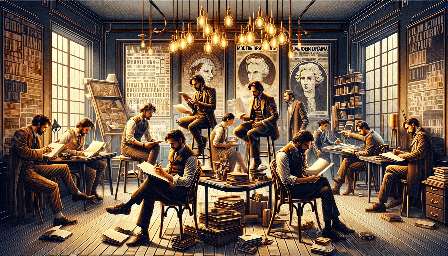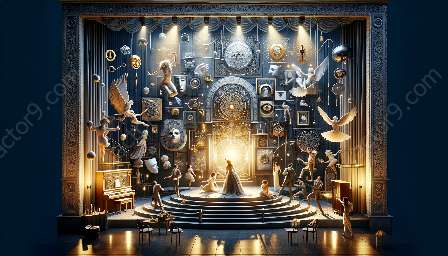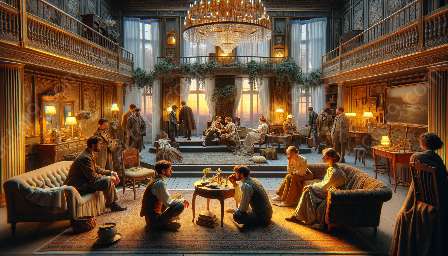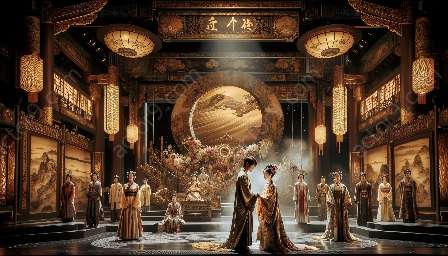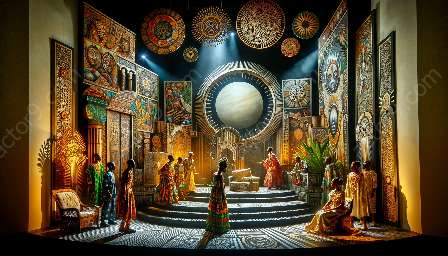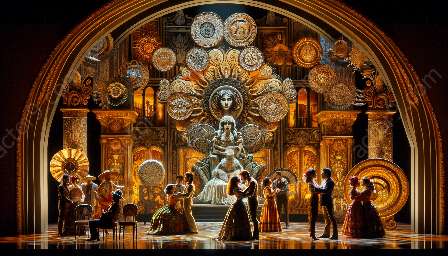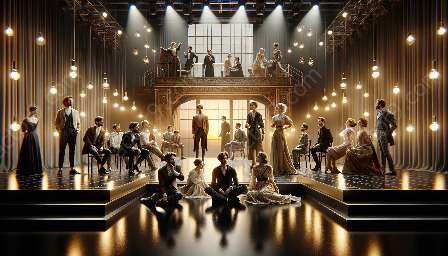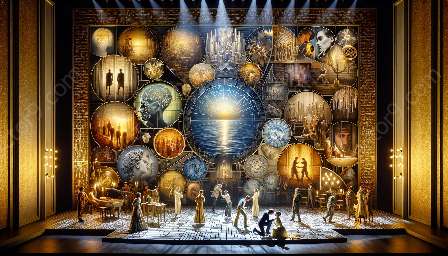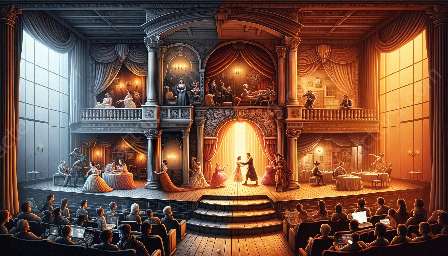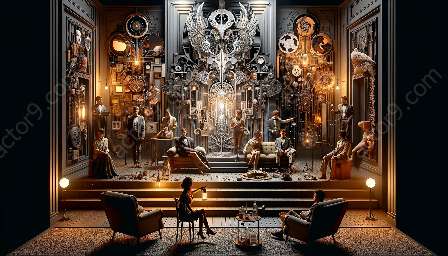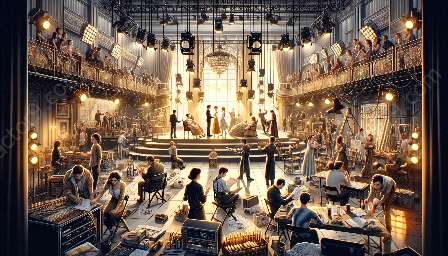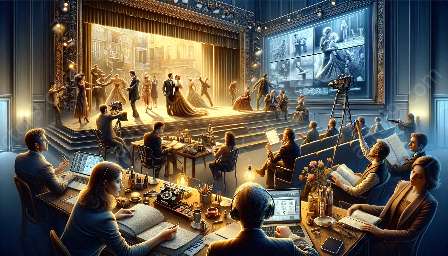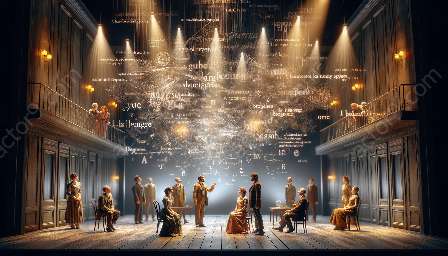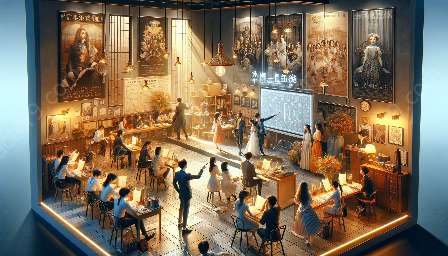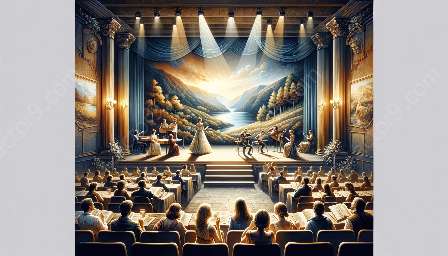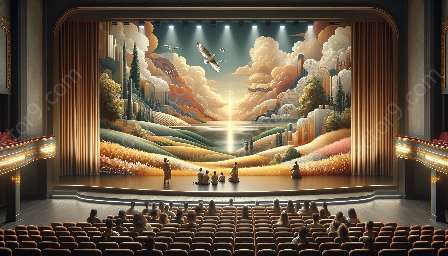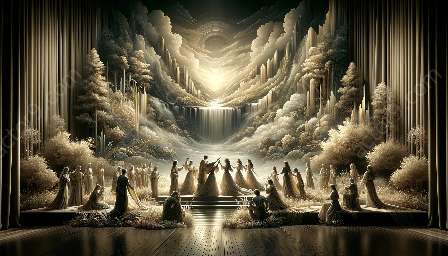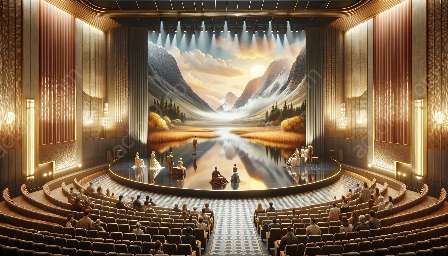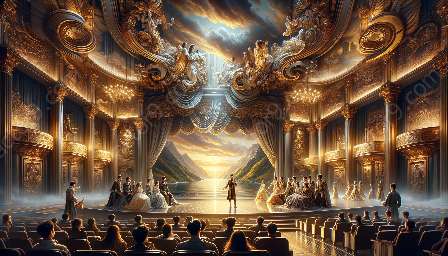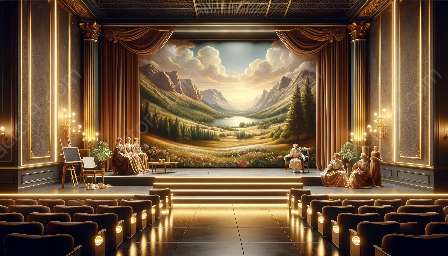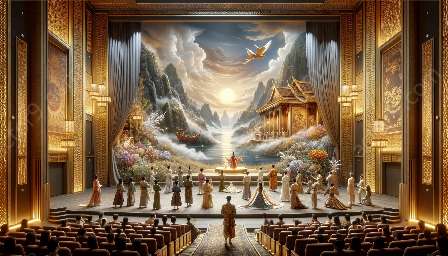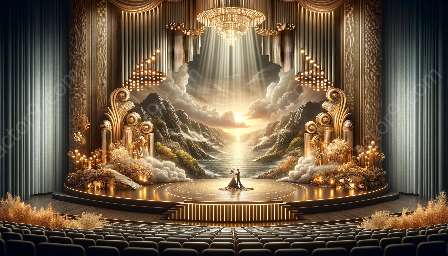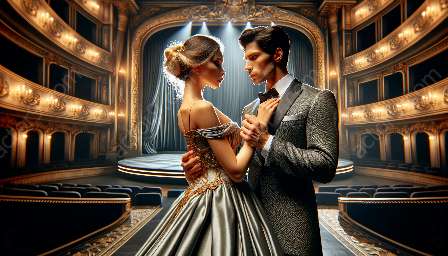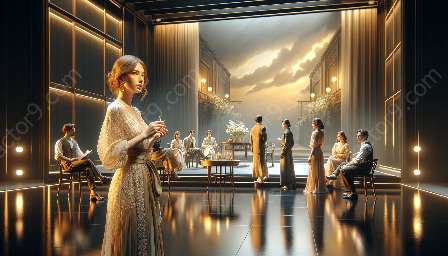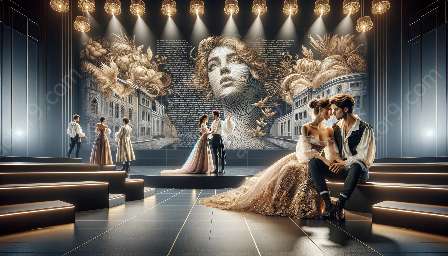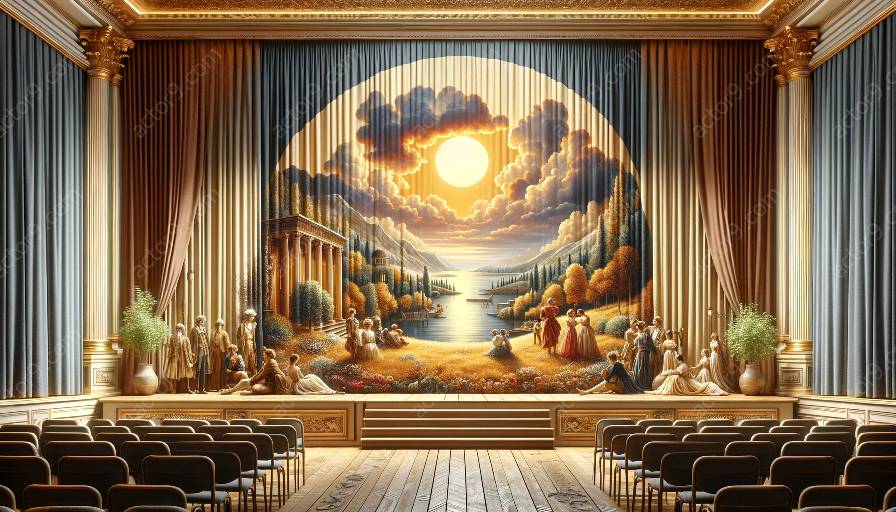Modern drama productions have evolved to embrace the creative integration of music and sound design, enhancing the overall theatrical experience. In this exploration, we delve into how major works in modern drama employ these elements to engage, captivate, and resonate with audiences.
The Role of Music and Sound Design in Modern Drama
Music and sound design play a significant role in modern drama productions, contributing to the emotional depth, atmosphere, and narrative impact of the performances. These elements are carefully woven into the fabric of the theatrical experience, complementing the storytelling and adding layers of sensory engagement for the audience.
Enhancing Emotional Resonance
One of the key functions of music and sound design in modern drama is to enhance emotional resonance. Through carefully curated soundscapes and musical compositions, productions can evoke a wide range of emotions, from tension and suspense to joy and melancholy. By harnessing the power of sound, modern dramas can create a more immersive and visceral connection with the audience, heightening the overall impact of the narratives.
Establishing Atmosphere and Setting
Music and sound design are instrumental in setting the mood, tone, and atmosphere of modern drama productions. Whether it's a haunting melody that underscores a scene of mystery or a rhythmic beat that amplifies the energy of a performance, these elements contribute to the establishment of the dramatic setting, transporting the audience into the world of the play.
Advancing Narrative Dynamics
Additionally, music and sound design can significantly advance the narrative dynamics within modern dramas. Through strategic use of sound effects and musical motifs, productions can punctuate pivotal moments, build tension, and underscore the thematic elements of the storytelling. These auditory cues serve as a powerful storytelling device, guiding the audience through the dramatic journey with heightened anticipation and impact.
Major Works in Modern Drama and Music Integration
Examining major works in modern drama provides valuable insight into how music and sound design are seamlessly integrated to enrich the theatrical experience. Let's explore a few notable examples:
The Use of Leitmotifs in 'Angels in America' by Tony Kushner
Tony Kushner's acclaimed play 'Angels in America' incorporates leitmotifs within its narrative structure, utilizing recurring musical themes to underscore the emotional and thematic complexities of the characters and their intersecting storylines. This musical integration deepens the audience's engagement with the play's profound themes of love, loss, and resilience.
Experimental Soundscapes in 'Waiting for Godot' by Samuel Beckett
Samuel Beckett's existential masterpiece 'Waiting for Godot' embraces experimental soundscapes to accentuate the sense of isolation and existential angst experienced by its characters. The use of non-traditional sounds and eerie auditory elements enhances the atmospheric bleakness of the play, contributing to its enduring impact on audiences.
Musical Rhythms in 'Rent' by Jonathan Larson
'Rent,' the iconic rock musical by Jonathan Larson, seamlessly integrates musical rhythms and thematic motifs to drive the narrative momentum and emotional beats of the story. The pulsating energy of the music elevates the themes of love, friendship, and artistic resilience, imprinting a lasting impression on the audience.
Conclusion
Modern drama productions continue to push artistic boundaries by embracing the dynamic fusion of music and sound design. These creative elements enrich the theatrical landscape, amplifying the emotional resonance, establishing evocative atmospheres, and advancing narrative dynamics. By closely examining major works in modern drama, we gain a deeper appreciation for the artful integration of music and sound, and its profound impact on the theatrical storytelling experience.


